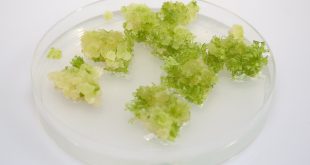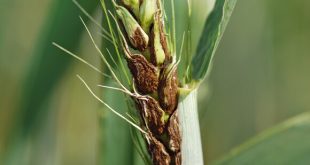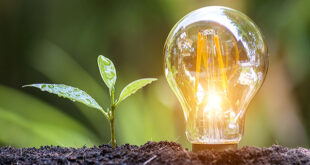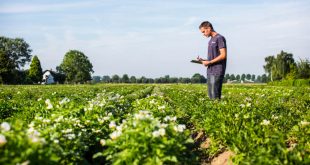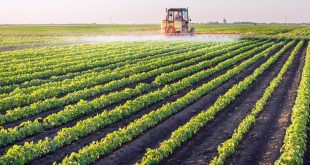Callus culture is a widely used technique in plant research and breeding. It involves inducing the formation of calluses, which are undifferentiated masses of cells that can be regenerated into whole plants. Establishing and maintaining calluses in tissue culture is a crucial step in many plant research studies. However, it …
Read More »Crop Diseases: Top 10 Economic Importance
Crop diseases are a major concern for farmers and agricultural economies worldwide. These diseases can significantly impact crop yields and quality, leading to economic losses and food insecurity. In this article, we will discuss the ten most important economic impacts of crop diseases. 1. Yield Reduction Crop diseases can have …
Read More »Greenwashing: A Technique to Deceive Environmentalists
Greenwashing is an evolutionary technique developed by large corporations. It’s an emerging strategy to deceive environmentalists. Like every other country, many large companies in Bangladesh are also following this technique to grab the attention of people who are prone to buy products from environment-friendly companies, not from others. This strategy …
Read More »Houseplants in Future: Our At-Home Power Plant
While imagining the future, we think about a lot of things like flying cars, robots assisting humans, and even time machines. But do we ever imagine ourselves depending on plants to watch TV, turn on fans, or even charge our mobile phones? For now, it may seem hard to create …
Read More »Doomsday Seed Vault: Hoarding for Apocalypse
What do you picture when the land of midnight sun, Norway crosses your mind? It must be white snowy terrain, crystal-like blue glaciers, magical dancing aurora, astounding fjords, wild polar bears, scenic landscapes, intriguing cultural heritage, and all the mind-boggling aspects. But little do we know, this land is accommodating …
Read More »Release of An Improved Variety from Lab to Farmers: Part 2
A variety is a genotype or group of genotypes approved for commercial cultivation by the Variety Release Committee and the Bangladesh government. A variety is also termed as ‘cultivar.’ The new variety should have morphological, physiological, and biochemical traits that set it apart from existing cultivars. In addition, it should …
Read More »Release of An Improved Variety from Lab to Farmers: Part 1
The ultimate aim of any breeding program of any lab is to develop varieties superior to the existing ones in yielding ability, disease and insect resistance, and other characteristics. The release of a strain for use as a variety is based on a conclusive demonstration of its superiority over the …
Read More »Air Plants: Plants That Grow without Soil
When you hear the name of the word ‘plant’, first the thought will come to your mind that plants grow in the ground and can’t develop, reproduce and even survive without the existence of soil. The soil provides all the elements for its survival. But have we ever heard that …
Read More »History of Botanical Exploration: Indian Subcontinent (Part 2)
Hello Everyone, hope you have gathered some knowledge from the previous part of “History of Botanical Exploration: Indian Subcontinent” series. This is the Second part of History. Here we will explore rest of the three pioneers who made magnificent contribution to foster plant taxonomy study to the next level. I …
Read More »History of Botanical Exploration: Indian Subcontinent (Part 1)
It’s always helpful and extra-beneficial to check the background or history before learning a new subject matter. Why? Because this enrich us with some fundamental concepts behind the topic and enable us to understand how versatile ideas bloom and differentiate to shape a new body of knowledge. Isn’t that interesting!!! …
Read More » Plantlet The Blogging Platform of Department of Botany, University of Dhaka
Plantlet The Blogging Platform of Department of Botany, University of Dhaka
